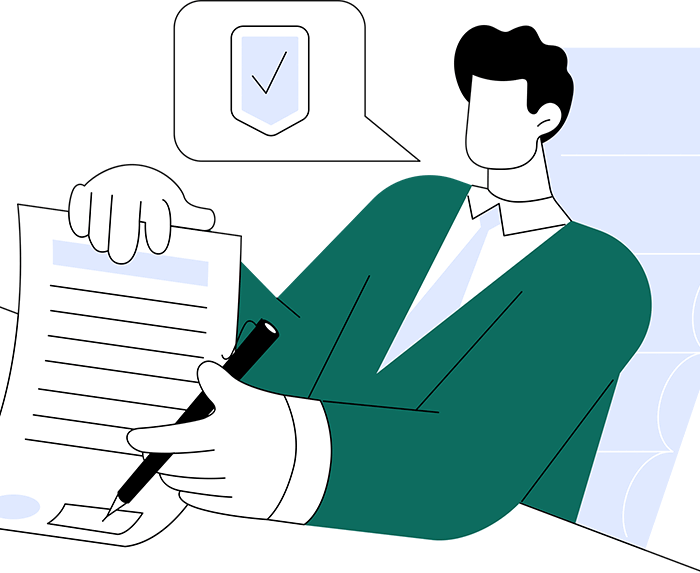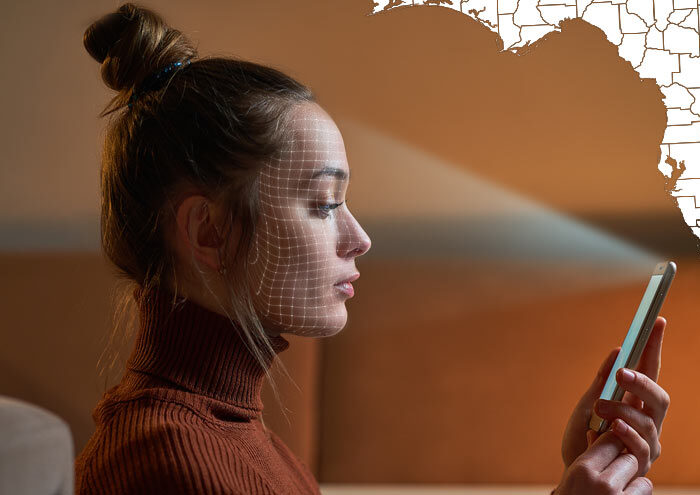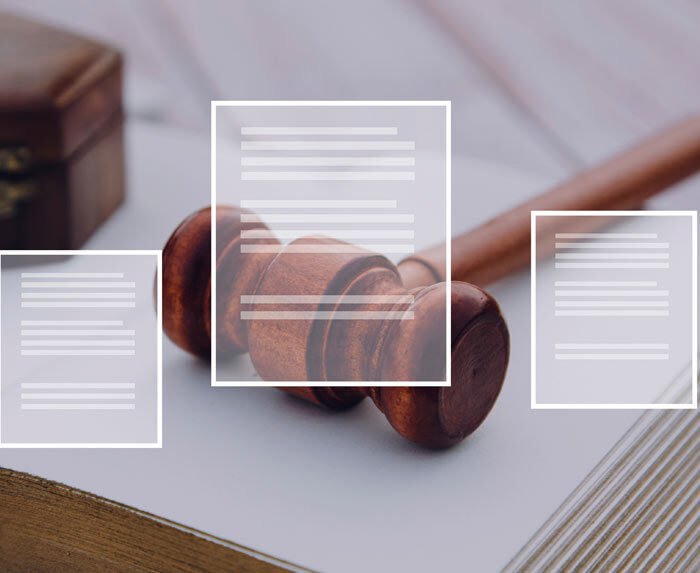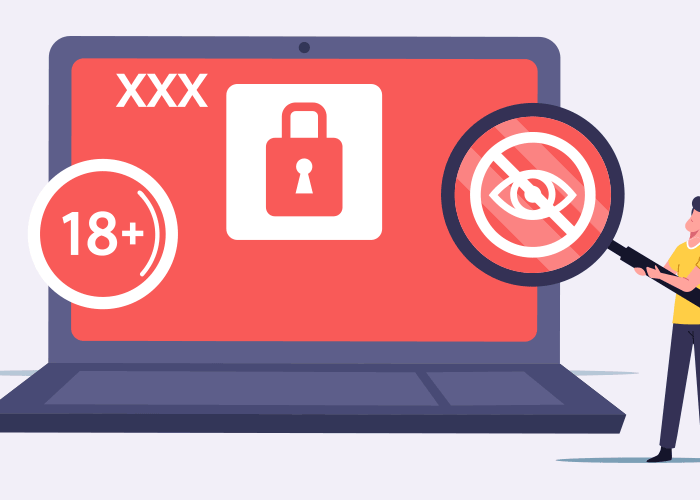The creator management business is booming. Every week, a new agency emerges promising to turn…
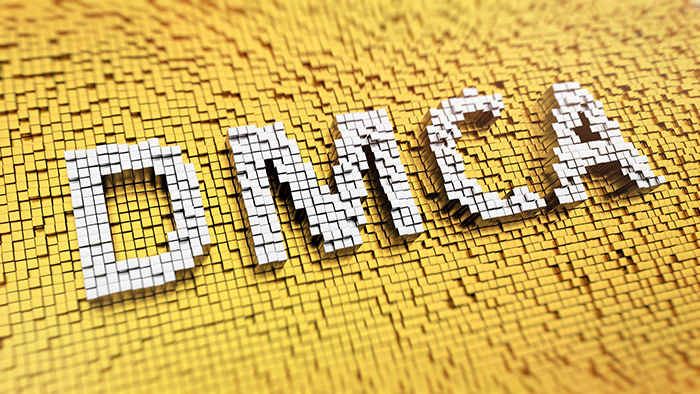
On October 28, 1998, President Bill Clinton signed into law the Digital Millennium Copyright Act (the “DMCA”). Since becoming valid law, the DMCA has been controversial to say the least, with many demanding reform. For many in the adult industry, the DMCA has been helpful and beneficial in intellectual property protection while others in the adult industry feel that the DMCA provides too much protection and has allowed “content pirates” to abuse the DMCA for its own financial gains.
The adult industry is no stranger to the DMCA. The exponential growth of “Tube” style websites over the past several years has led to an unquantifiable number of lawsuits, disputes, articles and controversies. There are enough articles from adult industry experts regarding the pros and cons of the DMCA and there are equally enough articles from adult industry experts regarding intellectual property protection. The purpose of this article is to examine an often neglected but important piece of the DMCA. This article will discuss what must be included in a properly formatted DMCA notification of claimed infringement (commonly referred to as a “Takedown Notice”).
Pursuant to the DMCA, specifically, 17 USC § 512(c),
(c) Information Residing on Systems or Networks At Direction of Users.—
(1) In general.— A service provider shall not be liable for monetary relief, or, except as provided in subsection (j), for injunctive or other equitable relief, for infringement of copyright by reason of the storage at the direction of a user of material that resides on a system or network controlled or operated by or for the service provider, if the service provider—
(A)
(i) does not have actual knowledge that the material or an activity using the material on the system or network is infringing;
(ii) in the absence of such actual knowledge, is not aware of facts or circumstances from which infringing activity is apparent; or
(iii) upon obtaining such knowledge or awareness, acts expeditiously to remove, or disable access to, the material;
(B) does not receive a financial benefit directly attributable to the infringing activity, in a case in which the service provider has the right and ability to control such activity; and
(C) upon notification of claimed infringement as described in paragraph (3), responds expeditiously to remove, or disable access to, the material that is claimed to be infringing or to be the subject of infringing activity.
In very simple terms, a “Service Provider” (as defined in 17 USC § 512(k)(1)) shall benefit from certain immunities so long as the Service Provider complies with the requirements of 17 USC § 512(c)(1)(A). A discussion about what constitutes a “Service Provider” will be saved for an entirely separate article.
17 USC § 512(c)(1)(C), requires that, upon notification, a Service Provider expeditiously remove or disable access to any material that is claimed to be infringing. This is where a DMCA notification of claimed infringement comes from. A Service Provider’s failure to remove or disable alleged infringing material following the receipt of a proper DMCA notification, can result in the Service Provider losing its statutory immunities. Fortunately, the DMCA spells out the elements of “notification” in 17 USC § 512(c)(3).
(3) Elements of notification. —
(A) To be effective under this subsection, a notification of claimed infringement must be a written communication provided to the designated agent of a service provider that includes substantially the following:
(i) A physical or electronic signature of a person authorized to act on behalf of the owner of an exclusive right that is allegedly infringed.
(ii) Identification of the copyrighted work claimed to have been infringed, or, if multiple copyrighted works at a single online site are covered by a single notification, a representative list of such works at that site.
(iii) Identification of the material that is claimed to be infringing or to be the subject of infringing activity and that is to be removed or access to which is to be disabled, and information reasonably sufficient to permit the service provider to locate the material.
(iv) Information reasonably sufficient to permit the service provider to contact the complaining party, such as an address, telephone number, and, if available, an electronic mail address at which the complaining party may be contacted.
(v) A statement that the complaining party has a good faith belief that use of the material in the manner complained of is not authorized by the copyright owner, its agent, or the law.
(vi) A statement that the information in the notification is accurate, and under penalty of perjury, that the complaining party is authorized to act on behalf of the owner of an exclusive right that is allegedly infringed.
(B)
(i) Subject to clause (ii), a notification from a copyright owner or from a person authorized to act on behalf of the copyright owner that fails to comply substantially with the provisions of subparagraph (A) shall not be considered under paragraph (1)(A) in determining whether a service provider has actual knowledge or is aware of facts or circumstances from which infringing activity is apparent.
(ii) In a case in which the notification that is provided to the service provider’s designated agent fails to comply substantially with all the provisions of subparagraph (A) but substantially complies with clauses (ii), (iii), and (iv) of subparagraph (A), clause (i) of this subparagraph applies only if the service provider promptly attempts to contact the person making the notification or takes other reasonable steps to assist in the receipt of notification that substantially complies with all the provisions of subparagraph (A).
Let’s break this down into something a bit easier to read with some commentary. Once you determine the proper location to send your notification to (the Register of Copyrights maintains a current directory of designated agents to the public – http://www.copyright.gov/onlinesp/list/a_agents.html), a proper notification of claimed infringement needs to contain the following:
A physical or electronic signature of a person authorized to act on behalf of the owner of an exclusive right that is allegedly infringed.
Comment: This is pretty straightforward but you would be amazed to know how many people forget this part. First of all, you need to actually be the copyright holder or a person authorized to act on behalf of a copyright holder (you cannot sign off on a notification of claimed infringement just because you see something that you want taken down). Second, don’t forget to actually include your name (I do not recommend that you use your nickname or industry alias).
Identification of the copyrighted work claimed to have been infringed, or, if multiple copyrighted works at a single online site are covered by a single notification, a representative list of such works at that site.
Comment: You need to specify what copyrighted work is being infringed upon. For each work you should provide a title, description and location of the original work (if available). The description of the original work is very important because when the original work has been infringed on another website, the title of the work on the infringing site most likely has been changed.
Identification of the material that is claimed to be infringing or to be the subject of infringing activity and that is to be removed or access to which is to be disabled, and information reasonably sufficient to permit the service provider to locate the material.
Comment: A great majority of notifications pursuant to the DMCA are in regard to alleged infringing material located on a website. Providing URLs for each piece of infringing material is the easiest way to get material removed expeditiously. There is nothing wrong with compiling multiple URLs in a one notification but you need to make sure that your URLs are accurate. One of the biggest holdups in having material removed is due to the Service Provider being unable to locate the material that you are referencing, as a result of either bad URLs or descriptions. If you do not provide a specific URL and you only provide the name of the infringing material and the name of the infringing website, it may be very difficult for the Service Provider to locate the material and thus can result in delays in having the material removed.
Information reasonably sufficient to permit the service provider to contact the complaining party, such as an address, telephone number, and, if available, an electronic mail address at which the complaining party may be contacted.
Comment: The Service Provider needs a mechanism to get in contact with you. This is especially important because of the high probability of the Service Provider receiving a counter-notification or other communication from the material’s submitter. Do not send a DMCA notification from an email address that cannot receive email. This is one of the most common mistakes that I see people making in the DMCA notification process. Mistakes can happen and frequently somebody may submit a DMCA notification for content that is in fact not infringing but has been legally re-licensed or re-assigned. By failing to include an email address that the Service Provider can reach you at will only result in delays or you inadvertently damaging a relationship.
A statement that the complaining party has a good faith belief that use of the material in the manner complained of is not authorized by the copyright owner, its agent, or the law.
Comment: This is very simple but often neglected. Copy this language and make sure to include it in every DMCA notification that you send out.
A statement that the information in the notification is accurate, and under penalty of perjury, that the complaining party is authorized to act on behalf of the owner of an exclusive right that is allegedly infringed.
Comment: Be very careful before you send out any DMCA notification. Abusing the DMCA notification procedures or misrepresenting facts in a DMCA notification can result in legal liability including damages, court costs and attorneys’ fees. In fact, the DMCA contains specific language for dealing with any individual that “knowingly materially misrepresents” when making a DMCA notification. Take a look at 17 USC § 512(f) below.
(f) Misrepresentations.— Any person who knowingly materially misrepresents under this section —
(1) that material or activity is infringing, or
(2) that material or activity was removed or disabled by mistake or misidentification, shall be liable for any damages, including costs and attorneys’ fees, incurred by the alleged infringer, by any copyright owner or copyright owner’s authorized licensee, or by a service provider, who is injured by such misrepresentation, as the result of the service provider relying upon such misrepresentation in removing or disabling access to the material or activity claimed to be infringing, or in replacing the removed material or ceasing to disable access to it.
There is no required “form” to be used when sending a DMCA notification and there are countless samples online, however, I urge you to use great caution prior to utilizing any sample or “form” that you find online. Usually a “form” is created for a specific purpose, so unless you are going through the exact same situation as the person that the “form” was created for, you could be shorting yourself. Your DMCA notification should include the information that I discuss above but there is no substitution for seeking legal advice from a licensed attorney prior to pursuing any intellectual property claim.
To re-iterate, this article was not meant to discuss the pros or cons of the DMCA but was created to provide you with knowledge as to what is required in a valid DMCA notification. By providing the Service Provider with the information required by statute, you can decrease the potential for delays and ensure that your intellectual property is promptly removed when it has been improperly published.
* This article does not constitute legal advice and is provided for your information only and should not be relied upon in lieu of consultation with legal advisors in your own jurisdiction. It may not be current as the laws in this area change frequently. Transmission of the information contained in this article is not intended to create, and the receipt does not constitute, an attorney-client relationship between sender and receiver.

